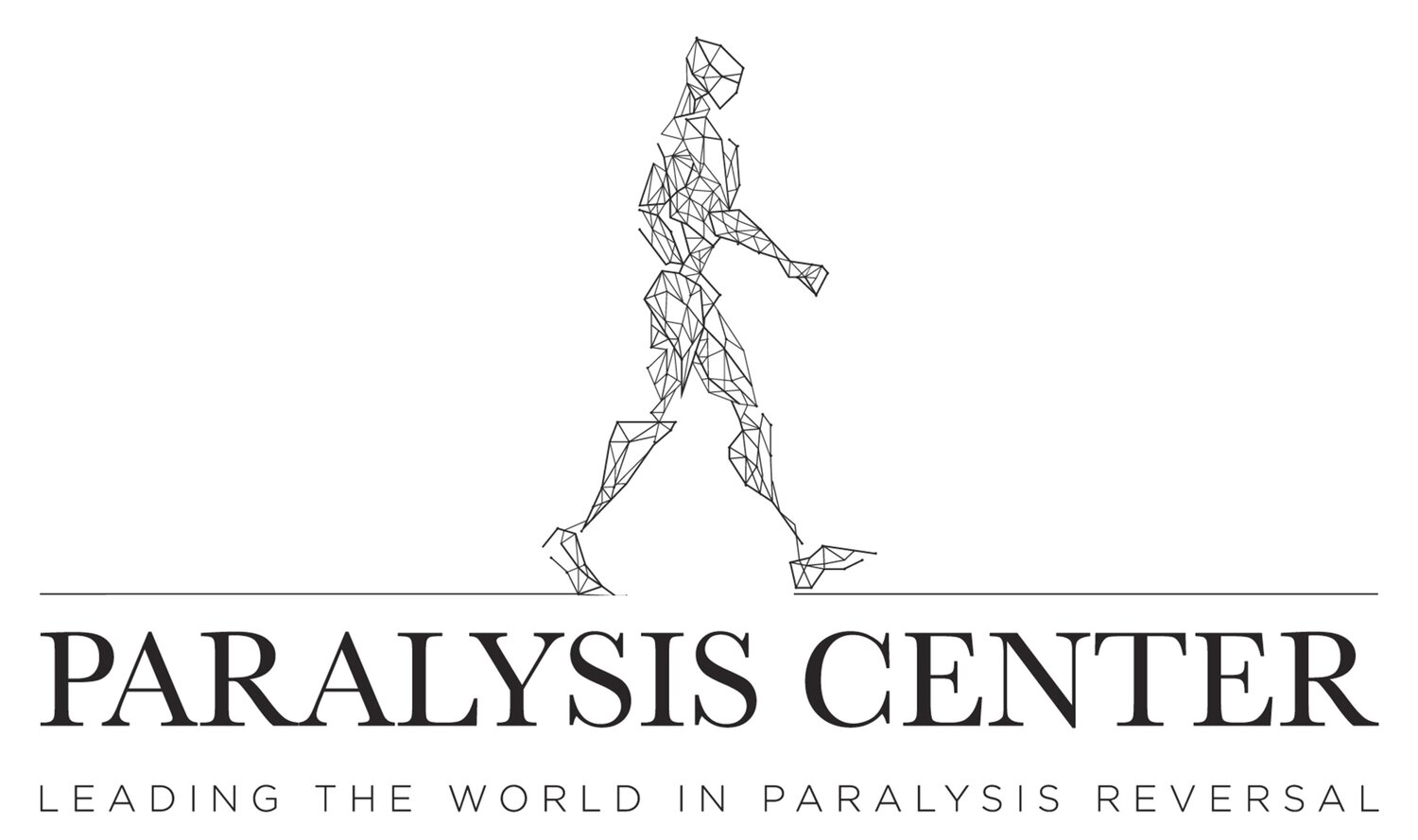Nerve Transfer
Nerve transfers are often used to restore sensation and movement in arms and legs.
In a nerve transfer a branch or fascicle (portion of a nerve trunk) of a functioning nerve is cut and sutured to a nerve that is not functioning. Doing so allows the axons from the functioning nerve to grow into the paralyzed nerve and restore movement to its associated muscle. Sometimes a nerve branch with good function is very close to the paralyzed muscle. In this case it is a good option to restore function faster than a nerve graft.
Sometimes, as with a spinal cord injury or in a brachial plexus injury with a nerve root avulsion, there is not an available nerve to graft from and the only way to “wake up” or provide axons to a paralyzed nerve is to send them into that nerve from a completely different nerve source.
Nerve transfers have proven to be a very effective method of restoring function that was lost as a result of nerve injuries, brachial plexus injuries and spinal cord injuries.
Research is now ongoing as to whether we will also effectively reverse paralysis after stroke and brain injury with innovative nerve transfers A nerve transfer is also one of the most commonly performed surgical procedures at the Paralysis Center.
Dr. Justin M. Brown, is widely regarded one of the world’s foremost experts. Explore the Patient Stories section to see some of the results of his nerve transfer patients Andres, Kyle, Sean and Zarina.
What Is A Nerve Transfer?
At its most basic level, a nerve transfer is a surgical technique used when a patient has a nerve injury resulting in complete loss of muscle function or sensation.
Nerve transfers involve taking nerves with less important roles — or branches of a nerve that perform redundant functions to other nerves — and “transferring” them to restore function in a more crucial nerve that has been severely damaged.
Your Paralysis Specialist will use functioning nerves that are close to the target muscle or sensory area, and these nerves are transferred or “plugged in” to the injured nerve that no longer functions. The nerve that has been “plugged in” now supplies that function. For example, if a breathing nerve is used to restore elbow flexion, the patient may initially have to take a deep breath to move the arm. The brain then learns this trick, and soon the patient is able to move the arm simply by thinking about moving the arm. Motor nerves are used to re-innervate muscles and sensory nerves are utilized to restore sensation.
This technique provides a nearby source of nerve for faster recovery. One example of an injured nerve that may be treated through this technique is the ulnar nerve. The ulnar nerve travels down the arm and controls both movement of the small muscles of the hand and sensation in a portion of the hand including the fourth and fifth fingers. Your Paralysis Specialist may use a motor branch of the median nerve to revive muscle function and a sensory branch of the same nerve to restore feeling in the hand.
A very successful nerve transfer is the one used to restore the ability to flex the elbow. The "double fascicular" nerve transfer uses small branches of the large ulnar and median nerves to plug into the nerve branches to the biceps and brachialis muscles very close to these muscle bellies. With this technique, strong elbow flexion is restored rapidly.
Is A Nerve Transfer Or A Tendon Transfer The Better Option To Reverse Paralysis?
Function may be restored more slowly with nerve transfer than tendon transfer. However, nerve transfers may provide advantages over tendon transfer for some patients. Here are four key reasons why a nerve transfer is sometimes preferred:
1. It restores the original muscle’s function without changing the arm's anatomy.
2. Nerve transfers don’t not require casting and immobilization.
3. Nerve transfers are often available when tendon transfers are not.
4. Transferring one nerve can often wake up more than one muscle
If we determine that a nerve transfer is determined to be the best option for you, you’ll undergo neurophysiological (EMG) testing at the Paralysis Center to determine which nerves are the best candidates to be used for a transfer.
The Paralysis Center's surgeons select procedures, such as nerve decompressions, nerve grafts, or nerve transfers based on your condition and which technique or techniques offers you the best chance of recovery.
Watch Video Below: Nerve Transfer
Schedule a Consult with the Paralysis Center today (844) 930-1001.
Tips to help you get the most from a visit to the Paralysis Center
Before your visit, write down questions you want answered.
Bring someone with you to help you ask questions and remember what your Specialist tells you.
At the visit, write down the name of your diagnosis, and any new medicines, treatments, or tests. Also write down any new instructions your specialist gives you.
Know why a new medicine or treatment is prescribed, and how it will help you. Also know what the side effects are.
Ask if your condition can be treated in other ways.
Know why a test or procedure is recommended and what the results could mean.
Know what to expect if you do not take the medicine or have the test or procedure.
If you have a follow-up appointment, write down the date, time, and purpose for that visit.
Know how you can contact your Paralysis Specialist if you have questions.

